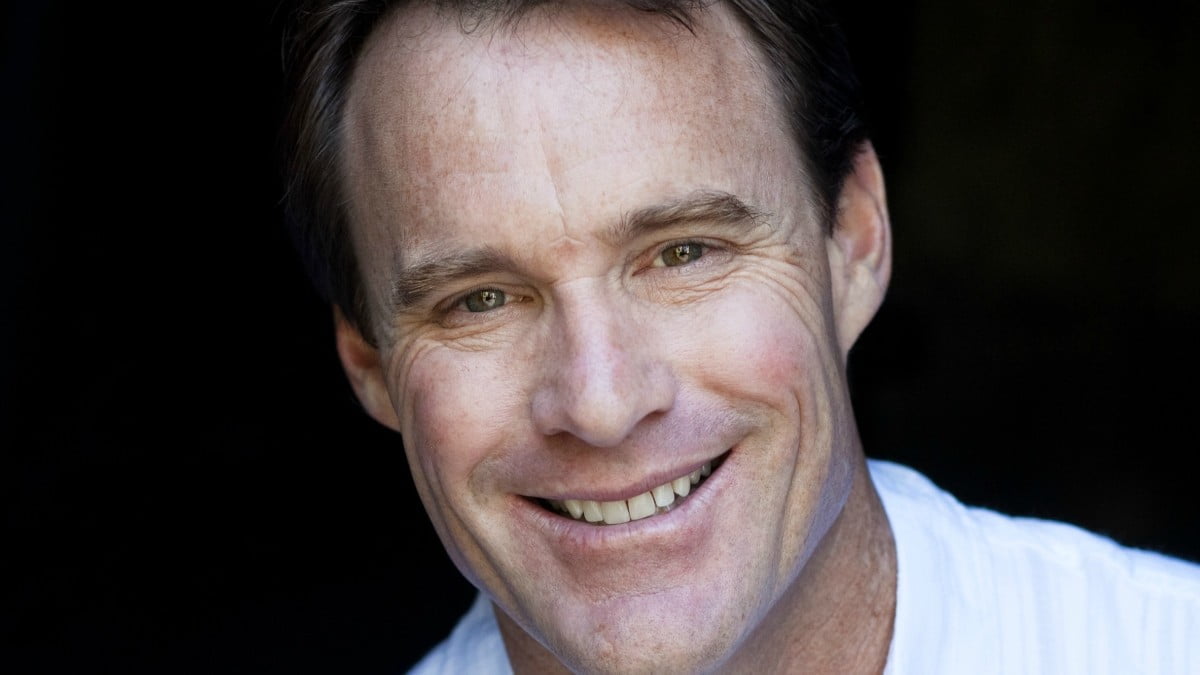There were more than a few notable deaths this past week and it can be difficult sometimes to balance out a newscast or a webpage when reporting such passings while not making things look like an obituary column.
As the legend goes, they come in threes. Well, sometimes those threes become fives.
Bill Russell, Nichelle Nichols, Vin Scully…
I have always been fascinated by the process and effort involved in reporting the passing of a celebrity or public figure. Granted, it is a news story like any other but the emphasis on commissioning prepackaged and well-tooled obituary elements well in advance always gives me a ghoulish twinge.
As most of us know these obituaries for TV, radio and the print/digital side do not just materialize out of thin air. They are generally, hopefully, well researched and constructed to be relevant and comprehensive while at the same time staying up to date.
I say this as somebody who has been tasked with those duties in years past. Looking back, I remember being confined to an edit room on obituary duty, armed with a comprehensive list of names and countless amounts of video, audio, and copy. Locating and updating a variety of categories with new elements and information as it became available. Much of the elements were contained on reel, cart, and beta so they had to be transferred and cataloged. Often enough, I also had to find new faces and voices to track (or re-track) them as the original versions were fronted by people long since retired or who themselves had died.
There is a challenge, even a downside in having the pre-produced obit packages sitting around ready to go at a moment’s notice. They are nice to have because they often are well constructed, even respectful. That said, I have no doubt the audience knows that in many cases nobody was scrambling to put them together in real-time when news broke so the secret is all but out there.
The occasional issue or potential miscue is when and where these jewels of journalism are held or stored. They are in the system somewhere, with ID or file numbers that if punched in wrong or transposed out of sequence they are soon off to affiliates or in a cue about to air.
It has happened, more than once.
The stories themselves are classic if not mildly disturbing.
Joe DiMaggio was watching TV when he read a lower third ticker announcing his death, something that would make me look over my shoulder.
Bob Hope “died” early when an advance obit for the comedian was published and at least one other outlet picked up on it before of course, it was rescinded and a retraction reported.
ABC News, the home of broadcasting legend Paul Harvey, reported his death more than once in one form or another when another “advance” obituary hit affiliate newsfeeds.
In addition, while it may be a bit easier now to “un-kill” someone, a few years ago it took some time and effort and like an incessant game of telephone, there was always that one call somebody forgot to make.
Not so much a news issue but more folklore, classic character actor Abe Vigoda was constantly mistaken as being dead. So much so that somebody constructed a website offering, a daily update so people could check in to make sure Vigoda was alive. Eventually, of course, he was not.
Sometimes though, those mistakes really cannot be helped.
Last month “Leave it to Beaver” actor Tony Dow was reported as dead a full day before he actually passed. That mistake came from the source so there is only so much you can do. Moreover, in times of family grief and a person’s emotional stress do we feel the need to explore it any further?
Even in the most difficult of circumstances, journalism’s treatment and portrayal of death and tragedy are found on a somewhat standard plane while behind the scenes there is an unspoken understanding of its ubiquity and even dark-humored presence. Never though, to be mistaken for disrespect or insensitivity. It’s just a by-product of the business.
Like most breaking news stories, information develops and it can take time to properly corroborate and confirm. Who wants to say someone has died when they did not? Even when it may be an issue like hospice or long-term illness.
Whoever wants to be wrong?
When celebrity Anna Nicole Smith died in Florida, news outlets were chomping at the bit to verify the details, looking for anyone who could tell them what happened, whether she was alive or dead, etc. At that time, it was remembered and noted that I had worked in law enforcement near the jurisdiction where Smith had taken ill so I was asked, actually tasked, with making inquiries. As luck would have it, I managed to get a former supervisor on the phone at the hospital and a breaking story was confirmed.
You never saw a newsroom erupt in such enthusiasm; you would have thought they had landed a plane safely in the Hudson or something. To me, it was a bit distasteful but this business is full of those kinds of moments I suppose.
But, these, of course, are the notable deaths where news organizations are caught off guard, not standing at the ready.
Death itself is generally expected yet there are many times we in this business do not connect that possibility to an individual and we truly do wind up reacting to breaking news.
I am sure everyone was prepared technically for Betty White’s death, who really believed it would happen?
But, should it not happen that way?
After all, who had an obit ready to go for Ivana Trump?
By the way, anyone speak with Henry Kissinger lately?
Bill Zito has devoted most of his work efforts to broadcast news since 1999. He made the career switch after serving a dozen years as a police officer on both coasts. Splitting the time between Radio and TV, he’s worked for ABC News and Fox News, News 12 New York , The Weather Channel and KIRO and KOMO in Seattle. He writes, edits and anchors for Audacy’s WTIC-AM in Hartford and lives in New England. You can find him on Twitter @BillZitoNEWS.






